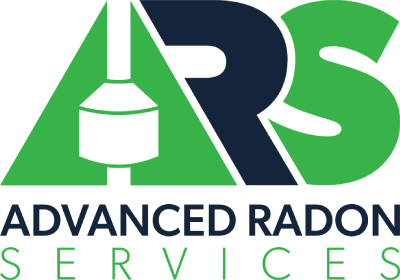Radon is a significant yet often overlooked health risk that lurks in many homes and buildings. It is a naturally occurring radioactive gas that can be found all around us. While invisible and odorless, it poses a serious health threat, particularly regarding lung cancer risk. This article aims to raise awareness by exploring the sources of radon, its effects on health, how it infiltrates homes, and what measures you can take to detect and mitigate it effectively.
What is Radon?
Radon is a colorless, odorless, and tasteless radioactive gas that originates from the natural decay of uranium found in soil, rock, and water. Although certain geological areas are more prone to higher radon levels, it can be present anywhere, including your home. Radon enters buildings through cracks in the floors and walls, gaps around pipes, and even through water supplies. Understanding radon’s chemical properties and radioactive decay process is crucial for comprehending its potential to cause harm.
Health Risks of Radon Exposure
The primary health risk associated with radon exposure is lung cancer, making it the second leading cause in the U.S., according to the EPA. Radon decay products emit radiation that damages lung tissue and over time can develop into cancer. The risk of lung cancer increases with the duration and concentration of radon exposure, particularly when combined with smoking. Although there is limited evidence linking radon to other cancers or respiratory issues, radon-related lung cancer deaths in the U.S. are estimated to be approximately 21,000 annually. Vulnerable groups, such as smokers and children, are at a heightened risk compared to others.
How Radon Enters Homes and Buildings
Radon infiltration into homes is largely due to structural deficiencies. It can enter through:
- Cracks in floors and walls
- Gaps around service pipes
- Construction joints and spaces around sump pumps
Additionally, the design and ventilation of a building play a vital role in radon concentration levels. Geographic variations also contribute, especially in areas with high uranium content in the soil, such as parts of New Jersey. Radon in well water can further elevate exposure levels, emphasizing the need for awareness based on regional risk variations, where EPA radon zone maps can be particularly useful.
Detecting Radon in Your Property
The first step in addressing radon exposure is proper detection through testing. Radon tests are generally categorized into two types:
-Short-term testing: Provides quick results, typically within a few days to 90 days.
-Long-term testing: Offers a more comprehensive reading over months to a year, accounting for seasonal variations.
Testing can be conducted professionally or done yourself (DIY), with professional services often recommended for their accuracy. Should high radon levels be detected, common mitigation techniques include enhanced ventilation systems and sealing of entry points. However, testing costs may vary, with responsibilities sometimes falling onto landlords or tenants depending on local laws.
Mitigating Radon Exposure
To reduce radon levels, consider the following steps:
1. Improve ventilation with sub-slab depressurization systems.
2. Seal cracks and gaps to prevent radon entry.
3. Treat well water using aeration or filtration for radon removal.
4. Hire certified contractors for professional mitigation efforts.
5. Regularly maintain and test mitigation systems to ensure ongoing effectiveness.
The cost of implementing a mitigation system, such as sub-slab depressurization, typically averages around $1,200-$1,700. Post-mitigation retesting is imperative to verify the success of the intervention, following guidelines provided by the EPA and state radon programs.
Public Health and Policy Perspectives
Radon is an important public health issue that suffers from awareness and education gaps. Government regulations vary but often include building codes and real estate disclosure laws aimed at minimizing radon risks. On a global scale, radon policies differ, with some countries exemplifying successful awareness campaigns or enforcing legislation to protect public health.
Conclusion
Radon is a silent but dangerous threat, with lung cancer being its most severe consequence. Testing and mitigating radon levels in homes is straightforward and highly effective. By taking proactive steps, consulting professionals, and advocating for increased awareness, you can protect your family and community from this hidden hazard. Empower yourself with this knowledge and act today. Contact Advanced Radon Services to help with your radon needs!

